15 Real Reasons the Video Game Market Crashed in the 1980s
PocketEpiphany
Published
12/07/2020
in
ouch
What do you know about the video game crash of the 1980s? Between 1983 and 1985, video game revenues fell 97%, causing many to believe the gaming industry would die out entirely.
Most people who know about the crash at all blame it on the Atari 2600 game E.T.: The Extra-Terrestrial, a game that sold so poorly, millions of unsold copies ended up being buried in a New Mexico desert.
While that game didn’t help matters, the truth was that the crash was inevitable. Don’t believe us? Here are 15 secrets behind the video game crash of the 1980s.
- List View
- Player View
- Grid View
Advertisement
-
1.
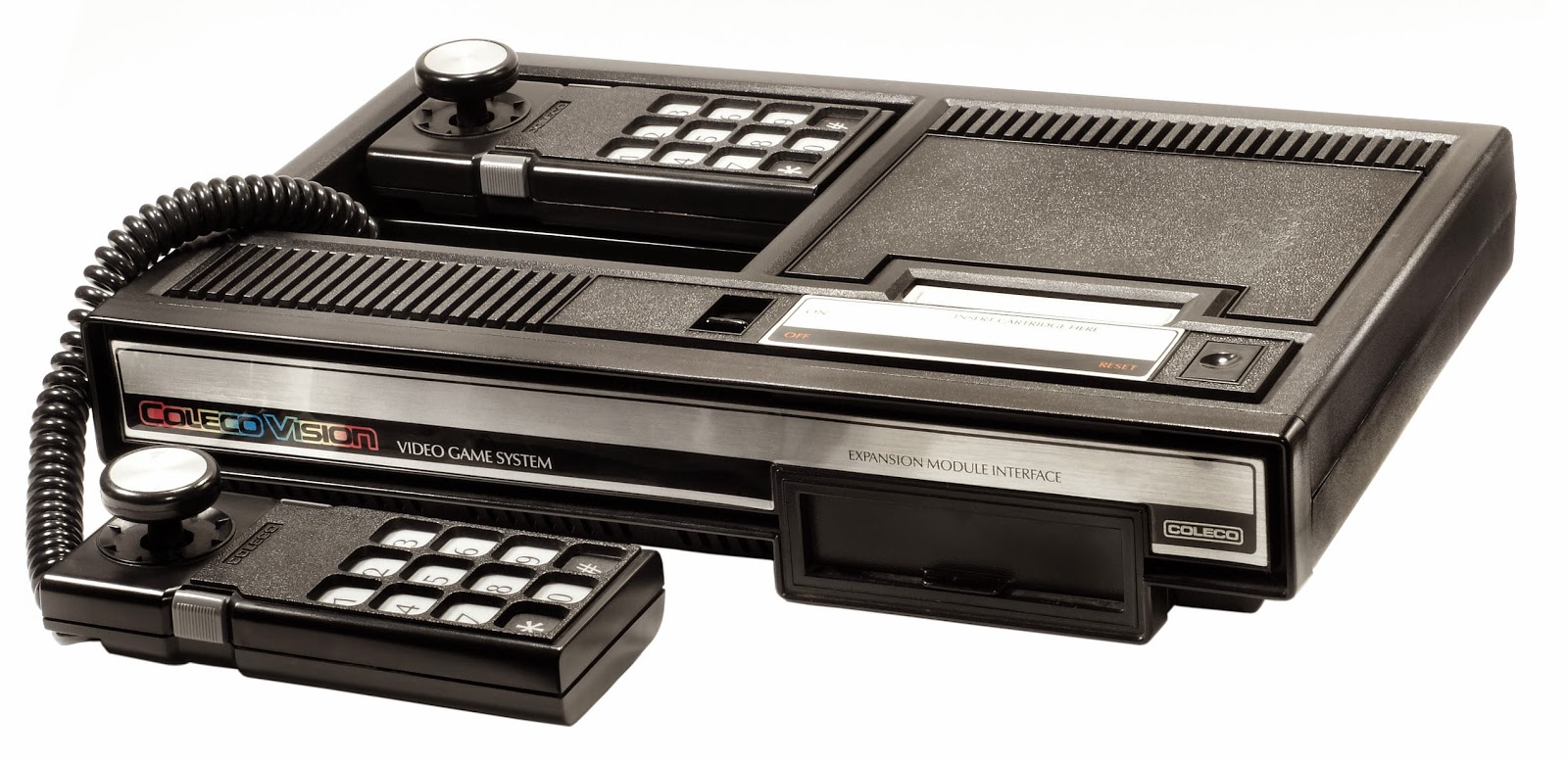 Coming of The ColecoVision The Atari 2600 dealt with a lot of console competition, including the ColecoVision. It didn’t take long for this powerful system to sell a million units and takedown Atari’s successor 5200 system. But too many systems in just a few years spelled the beginning of the end.
Coming of The ColecoVision The Atari 2600 dealt with a lot of console competition, including the ColecoVision. It didn’t take long for this powerful system to sell a million units and takedown Atari’s successor 5200 system. But too many systems in just a few years spelled the beginning of the end. -
2.
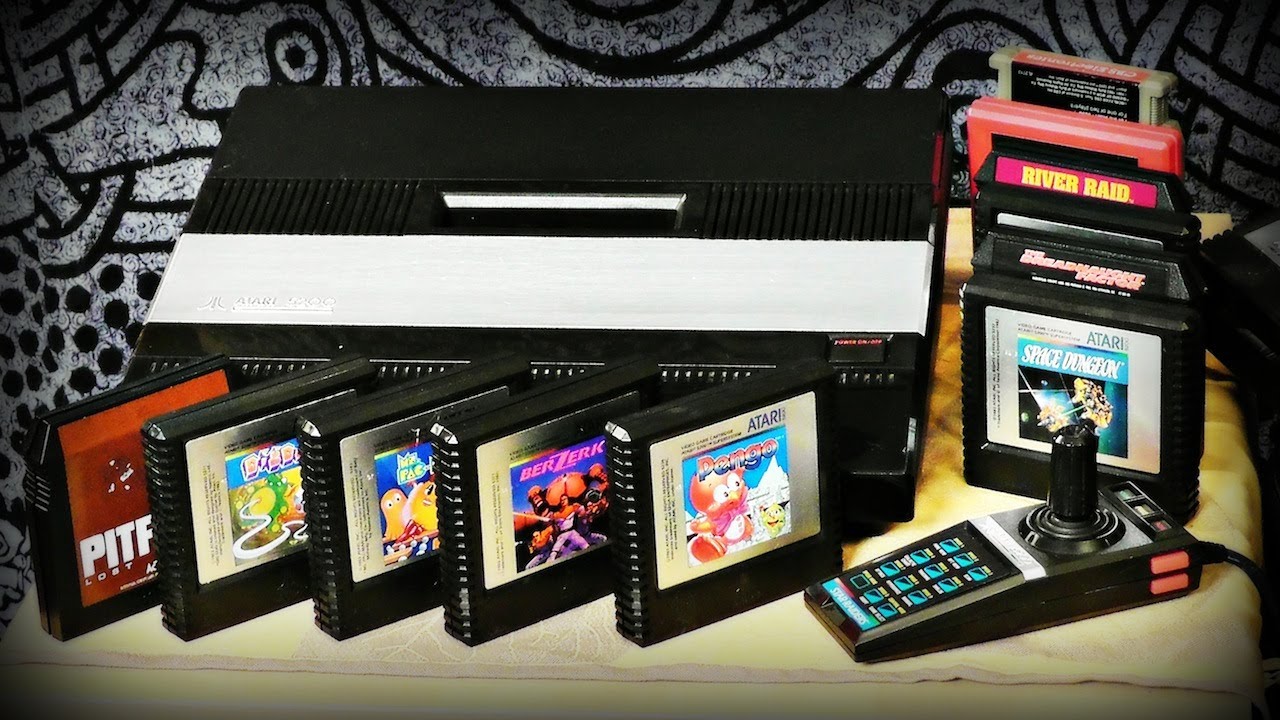 The Advent of Atari 5200 In a comedy of errors, Atari created a successor system to compete with Intellivision only to get slapped down by ColecoVision. And it’s no surprise, the system didn’t really deliver better games or an improved experience over the 2600, much less better than its other competitors. Meanwhile, the public was increasingly confused over what to buy and what to skip.
The Advent of Atari 5200 In a comedy of errors, Atari created a successor system to compete with Intellivision only to get slapped down by ColecoVision. And it’s no surprise, the system didn’t really deliver better games or an improved experience over the 2600, much less better than its other competitors. Meanwhile, the public was increasingly confused over what to buy and what to skip. -
3.
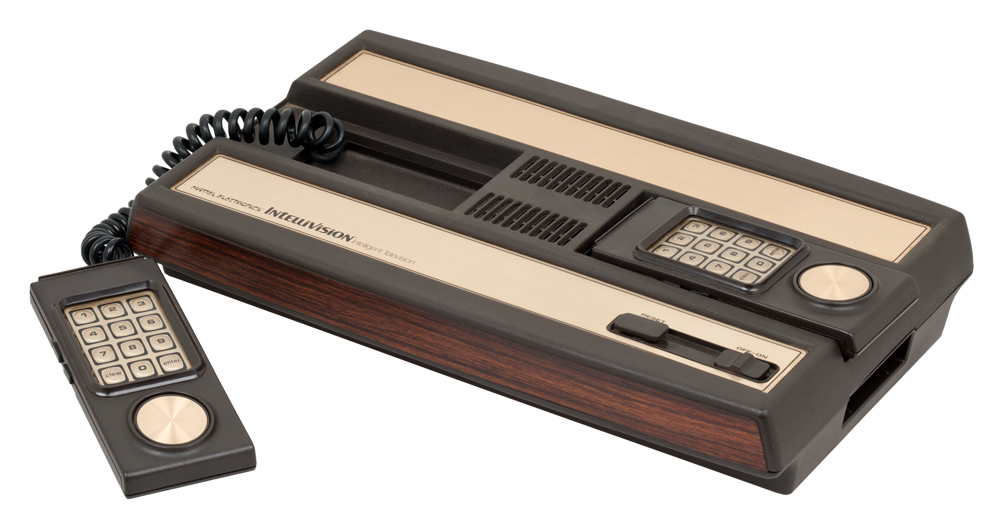 Enter the Intellivision Despite its weird-looking controller, the Intellivision really had the goods when it came to delivering better-quality games. But they fought a war on multiple fronts against both rival consoles and home computers. It was too much even for hardcore gamers to keep track of, much less beleaguered parents.
Enter the Intellivision Despite its weird-looking controller, the Intellivision really had the goods when it came to delivering better-quality games. But they fought a war on multiple fronts against both rival consoles and home computers. It was too much even for hardcore gamers to keep track of, much less beleaguered parents. -
4.
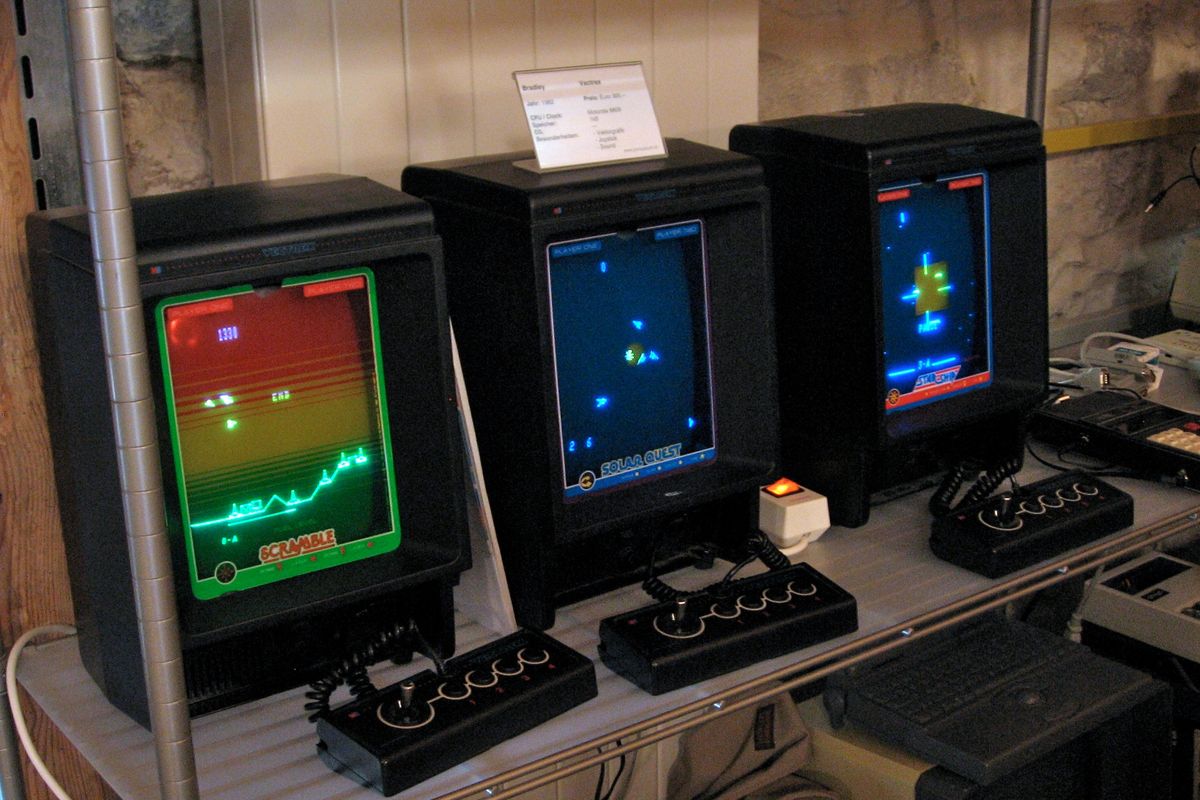 The Vectrex Visits The Vectrex bombed, but it was really ahead of its time. A self-contained system and monitor that integrated arcade-style vector graphics. Before the crash, Milton Bradley helped promote this system in Europe and around the world. And gamers hoping for an arcade-like experience at home now had yet another system to consider buying.
The Vectrex Visits The Vectrex bombed, but it was really ahead of its time. A self-contained system and monitor that integrated arcade-style vector graphics. Before the crash, Milton Bradley helped promote this system in Europe and around the world. And gamers hoping for an arcade-like experience at home now had yet another system to consider buying. -
5.
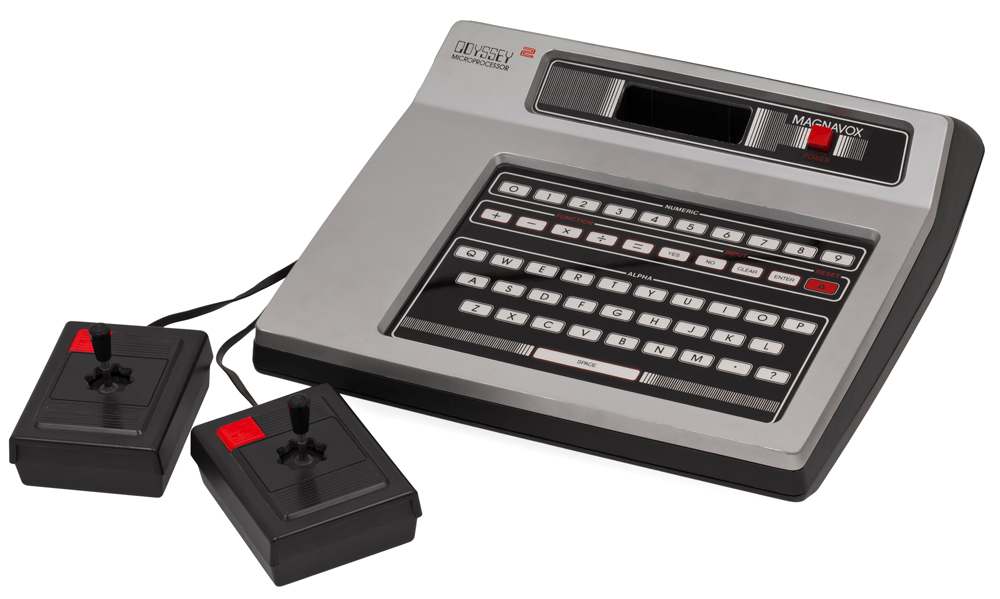 The Oncoming Odyssey² The Magnavox Odyssey² provided fierce competition for the 2600 before the Intellivision and other systems came out. It helped that this system was marketed as both a computer and a game system. Ultimately, this system provided some of the weakest graphics, but it was just one more cook in the overcrowded kitchen of early 1980s game systems.
The Oncoming Odyssey² The Magnavox Odyssey² provided fierce competition for the 2600 before the Intellivision and other systems came out. It helped that this system was marketed as both a computer and a game system. Ultimately, this system provided some of the weakest graphics, but it was just one more cook in the overcrowded kitchen of early 1980s game systems. -
6.
 Market Saturation All of these systems added up to two dreaded words: market saturation. It was too much competition all at once, and consumers didn’t really know what to buy. Think about the current confusion over Xbox One X, Xbox Series X, and Xbox Series S, and you might get an inkling over how confusing too many systems was to the average consumer.
Market Saturation All of these systems added up to two dreaded words: market saturation. It was too much competition all at once, and consumers didn’t really know what to buy. Think about the current confusion over Xbox One X, Xbox Series X, and Xbox Series S, and you might get an inkling over how confusing too many systems was to the average consumer. -
7.
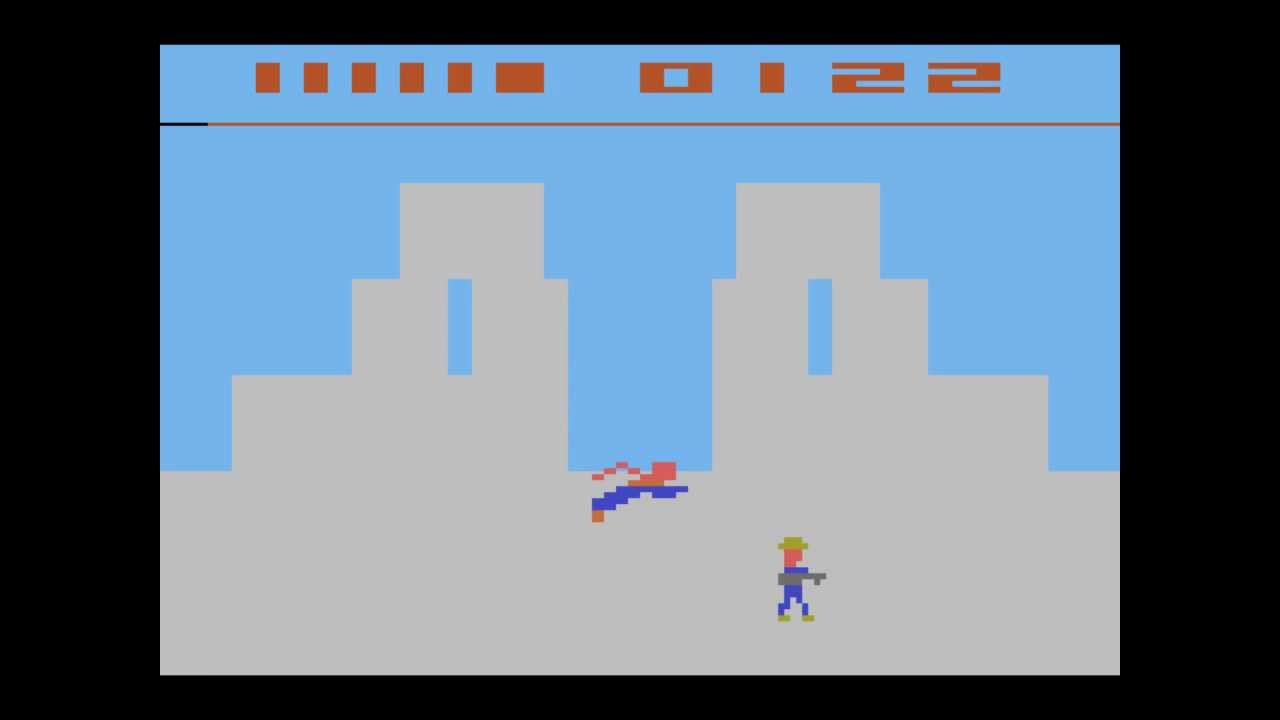 Few Killer Titles Even back in the day, system sales were driven by “killer” titles. Just as the original Xbox sold systems thanks to Halo: Combat Evolved, the Atari 2600 sold systems thanks to Space Invaders. That game cemented the idea of having an arcade experience at home, but over time there weren’t enough killer titles to interest buyers.
Few Killer Titles Even back in the day, system sales were driven by “killer” titles. Just as the original Xbox sold systems thanks to Halo: Combat Evolved, the Atari 2600 sold systems thanks to Space Invaders. That game cemented the idea of having an arcade experience at home, but over time there weren’t enough killer titles to interest buyers. -
8.
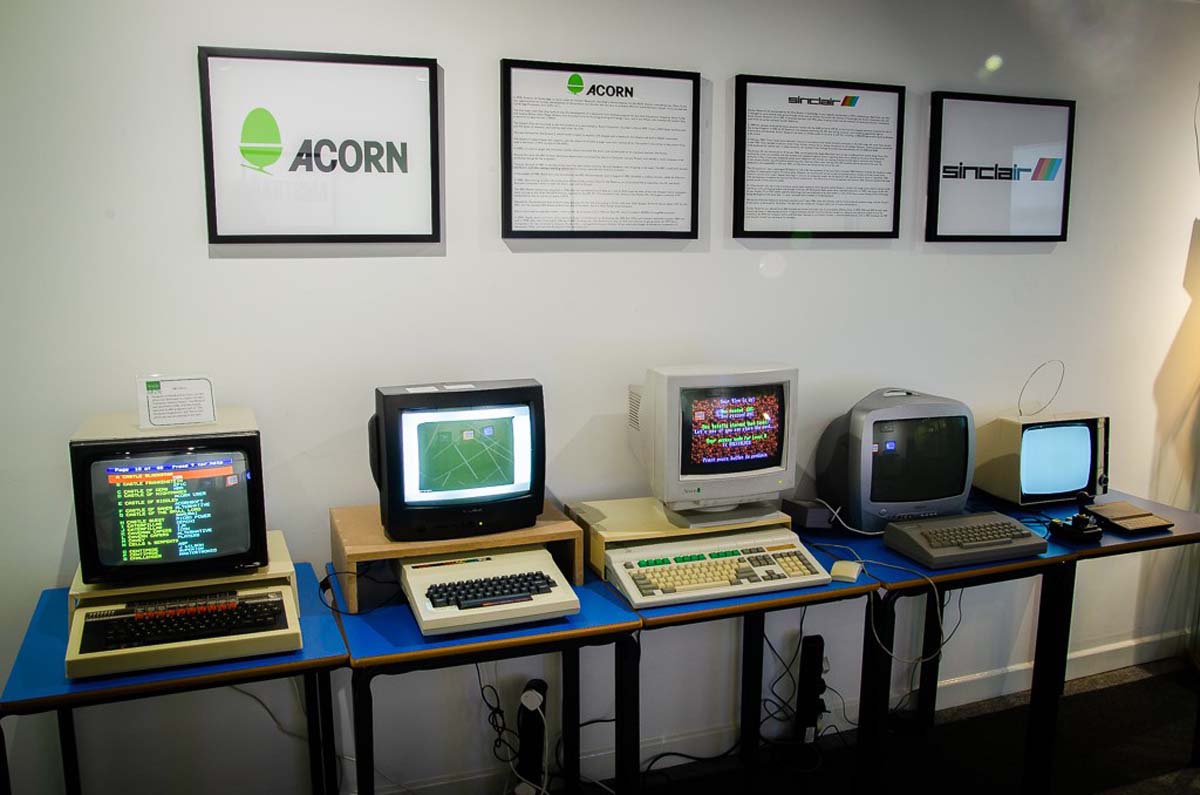 Affordable Home Computers This time period was about more than the rise and fall of early game systems. It was also about the advent of affordable home computers. To someone with cash to burn, a home PC offered better games and graphics and could simply do a lot more than a home console. Computers ultimately flourished at this time even as game systems failed left and right.
Affordable Home Computers This time period was about more than the rise and fall of early game systems. It was also about the advent of affordable home computers. To someone with cash to burn, a home PC offered better games and graphics and could simply do a lot more than a home console. Computers ultimately flourished at this time even as game systems failed left and right. -
9.
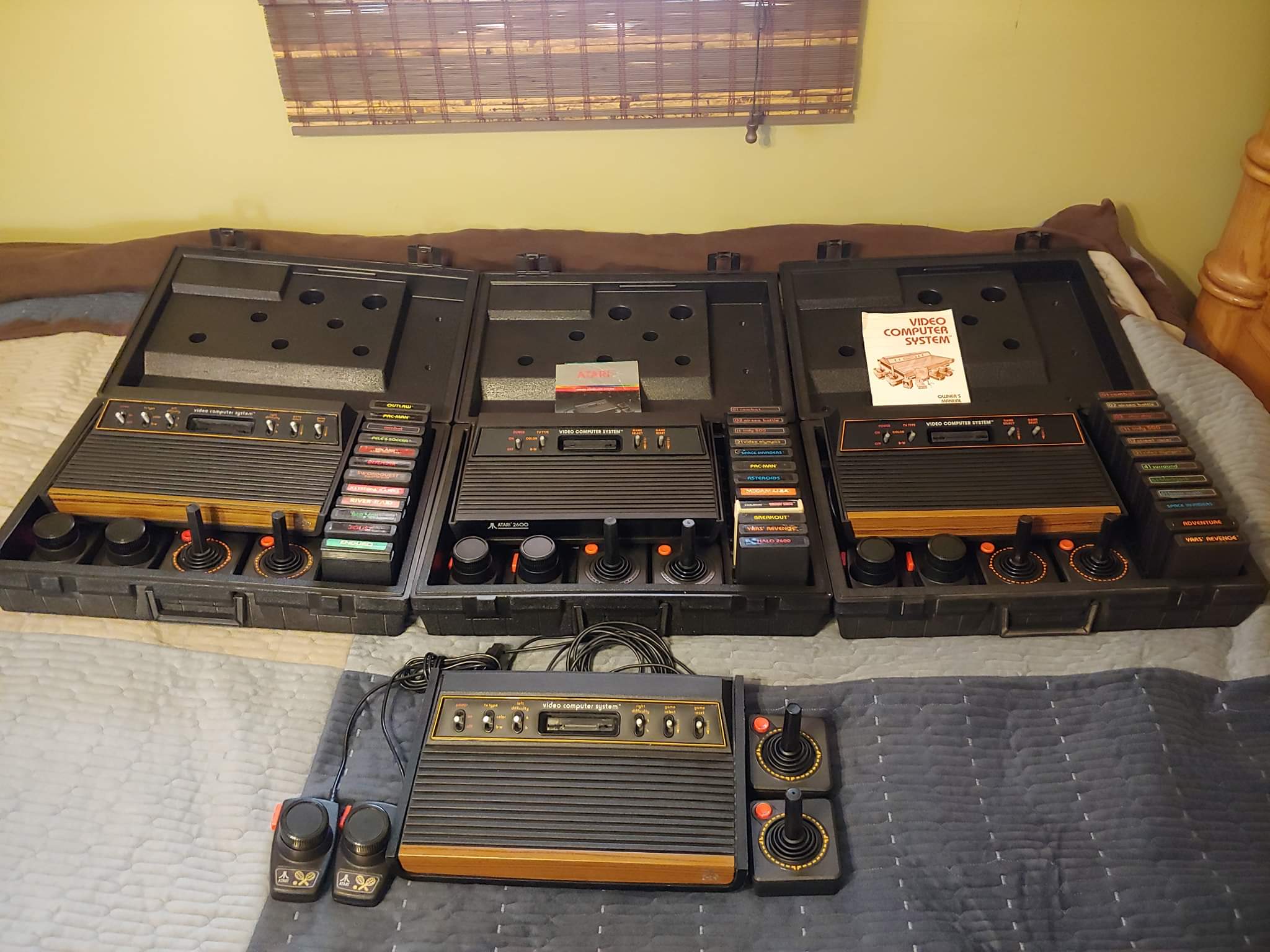 More Supply Than Demand Having a successful business means understanding the laws of supply and demand. But Atari didn’t get the memo. When demand for games jumped 100% from 1982 to 1983, Atari responded by increasing production by 175%. They helped saturate their own market and hurt their own value, which is the quickest way to end up burying millions of cartridges in the desert.
More Supply Than Demand Having a successful business means understanding the laws of supply and demand. But Atari didn’t get the memo. When demand for games jumped 100% from 1982 to 1983, Atari responded by increasing production by 175%. They helped saturate their own market and hurt their own value, which is the quickest way to end up burying millions of cartridges in the desert. -
10.
 Activision Over the years, Activision has created some of the most influential games in history. But the formation of the company actually precipitated the market crash. That’s because Activision was made from some of Atari’s best former programmers who wanted more credit and money. And the success of Activision led to countless third-party publishers that cranked out countless terrible games.
Activision Over the years, Activision has created some of the most influential games in history. But the formation of the company actually precipitated the market crash. That’s because Activision was made from some of Atari’s best former programmers who wanted more credit and money. And the success of Activision led to countless third-party publishers that cranked out countless terrible games. -
11.
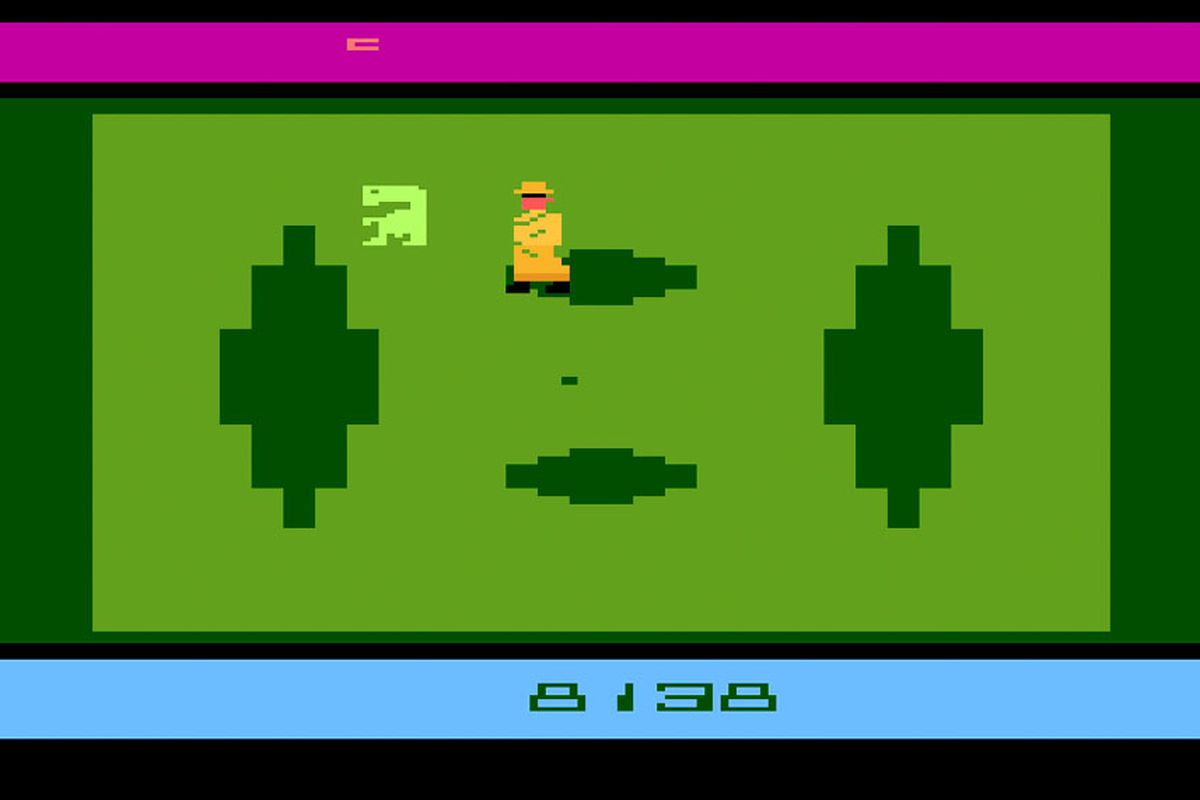 Terrible Games Speaking of terrible games, this era had a ton of them. In addition to dreck like E.T., arcade ports of games like Donkey Kong and Pac-Man were downright awful. Throw in shameless cash grabs and insane ideas (3D Tic-Tac-Toe, anyone?) and you can see why plenty of gamers simply saved their money for the arcade.
Terrible Games Speaking of terrible games, this era had a ton of them. In addition to dreck like E.T., arcade ports of games like Donkey Kong and Pac-Man were downright awful. Throw in shameless cash grabs and insane ideas (3D Tic-Tac-Toe, anyone?) and you can see why plenty of gamers simply saved their money for the arcade. -
12.
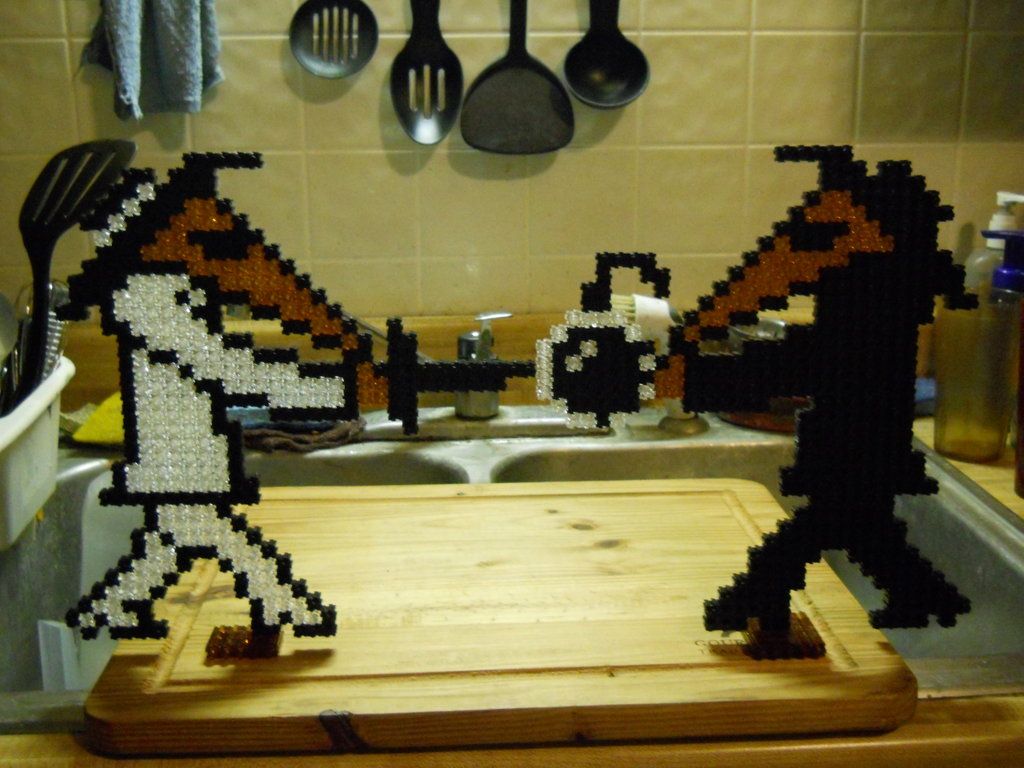 Stealing Ideas One factor that certainly didn’t help matters was all the rampant theft. Companies were constantly luring programmers from rival companies. In turn, programmers used reverse engineering to steal company secrets and make copycat games. All of this was made easier because there were very few copyright laws governing video games at the time.
Stealing Ideas One factor that certainly didn’t help matters was all the rampant theft. Companies were constantly luring programmers from rival companies. In turn, programmers used reverse engineering to steal company secrets and make copycat games. All of this was made easier because there were very few copyright laws governing video games at the time. -
13.
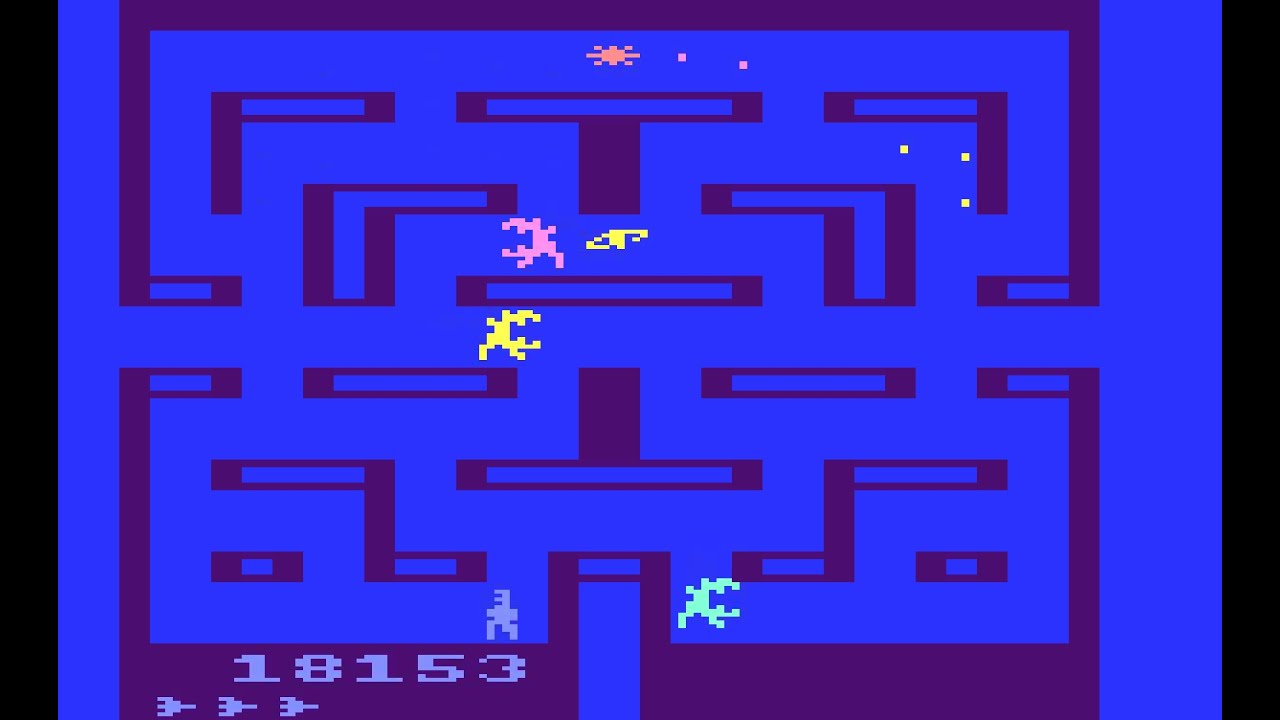 Insane Licensed Games It’s an open secret that licensed games are usually pretty bad, and this all started with the Atari 2600. In addition to E.T., there were insanely awful games based on Alien, Ghostbusters, James Bond, and more. When consumers saw how badly their favorite movies were translated to games, they had no interest in buying these systems.
Insane Licensed Games It’s an open secret that licensed games are usually pretty bad, and this all started with the Atari 2600. In addition to E.T., there were insanely awful games based on Alien, Ghostbusters, James Bond, and more. When consumers saw how badly their favorite movies were translated to games, they had no interest in buying these systems. -
14.
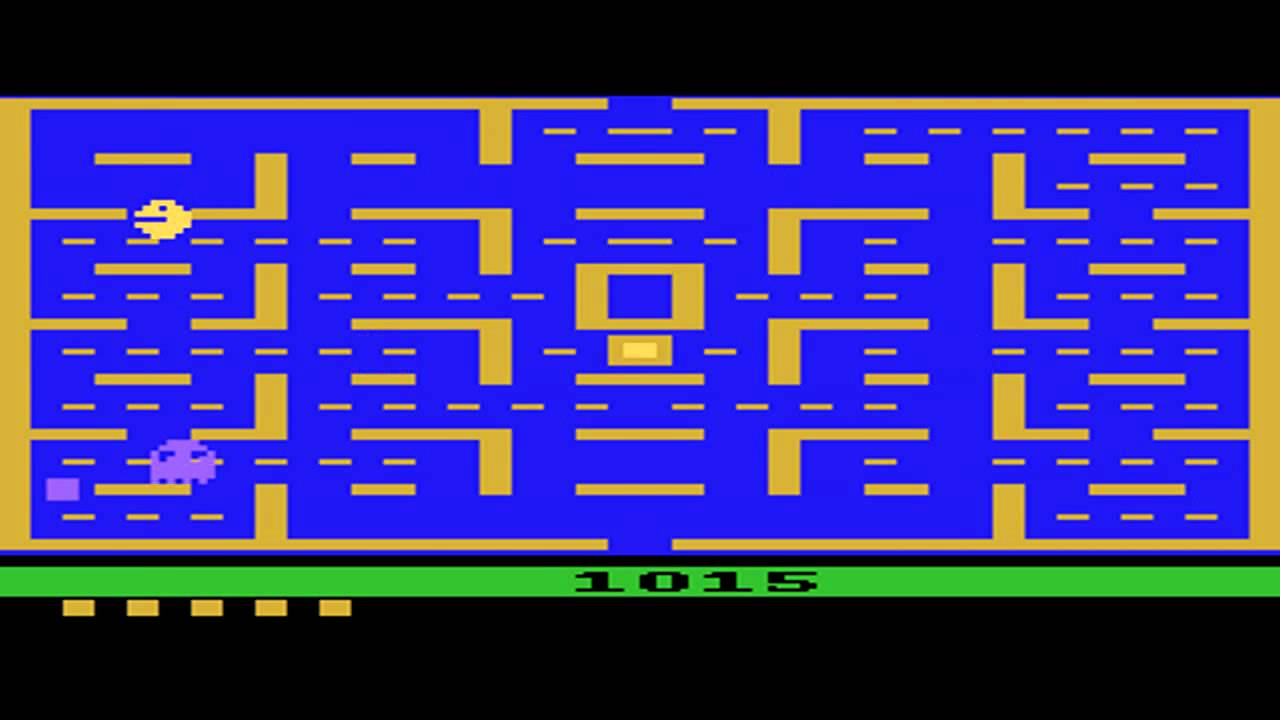 Awful Pac-Man Port The 1982 Pac-Man port to the Atari 2600 was so awful that it helped signal the entire video game crash. With its awful graphics and gameplay, a public consumed by “Pac-Man fever” was all too happy to turn their back on home consoles.
Awful Pac-Man Port The 1982 Pac-Man port to the Atari 2600 was so awful that it helped signal the entire video game crash. With its awful graphics and gameplay, a public consumed by “Pac-Man fever” was all too happy to turn their back on home consoles. -
15.
 Price Wars One of the biggest causes of the crash was prices for consoles and games. Price wars between rival computers helped make them more affordable, drawing away dollars that might have gone to game consoles. Meanwhile, the different prices of all these systems led to an ongoing price war. Finally, all those crappier games ended up in bargain bins that lured consumers in and gave a bad representation of what these systems could do. Put it all together and you have a major video game crash. It would eventually take a company as creative as Nintendo to make video games a viable market once more.
Price Wars One of the biggest causes of the crash was prices for consoles and games. Price wars between rival computers helped make them more affordable, drawing away dollars that might have gone to game consoles. Meanwhile, the different prices of all these systems led to an ongoing price war. Finally, all those crappier games ended up in bargain bins that lured consumers in and gave a bad representation of what these systems could do. Put it all together and you have a major video game crash. It would eventually take a company as creative as Nintendo to make video games a viable market once more.
- NEXT GALLERY
-

- XXL Batch of Funny Memes and Pics (89 Images)
Coming of The ColecoVision The Atari 2600 dealt with a lot of console competition, including the ColecoVision. It didn’t take long for this powerful system to sell a million units and takedown Atari’s successor 5200 system. But too many systems in just a few years spelled the beginning of the end.
15/15
1/15



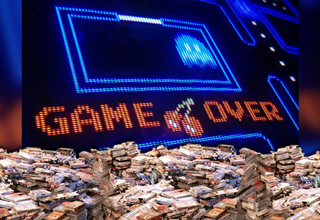
![28 Famous Internet Rumors That Turned Out to Be True <p>There is no shortage of <a href="https://trending.ebaumsworld.com/pictures/21-local-rumors-that-turned-out-to-be-true-later-on/87483931/">crazy rumors</a> on the internet, but every now and then one of them has an element of truth to it. Here are 28 famous internet rumors that turned out to be spot on. </p><p><br></p><p>In the 1980s, Tim Burton made a version of Hansel and Gretel that appeared on television one single time during the Halloween season. The one-off showing would have been completely forgotten, however, had it not been for one Redditor. "I heard it was fake but I knew it was real because my dad recorded everything in the 80s," u/Frozenthickness wrote. After getting a friend to convert it from VHS to DVD, the movie made its way onto the internet. "I know it's our copy because the tracking in the beginning is [messed] up." Thanks to Frozenthickness, one more work from a legendary director lives on. </p><p><br></p><p>Speaking of legendary artists, many people speculated for years that the music to the 1994 "Sonic 3" video game was made by the one and only Michael Jackson. However, everything was kept under wraps to avoid breaching Jackson's studio contract. Lo and behold it was all true. The tracks themselves however were ironically sung by an impersonator. </p>](https://cdn.ebaumsworld.com/thumbs/2023/12/14/125906/87486617/web-rumors-fixed.jpg)





3 Comments